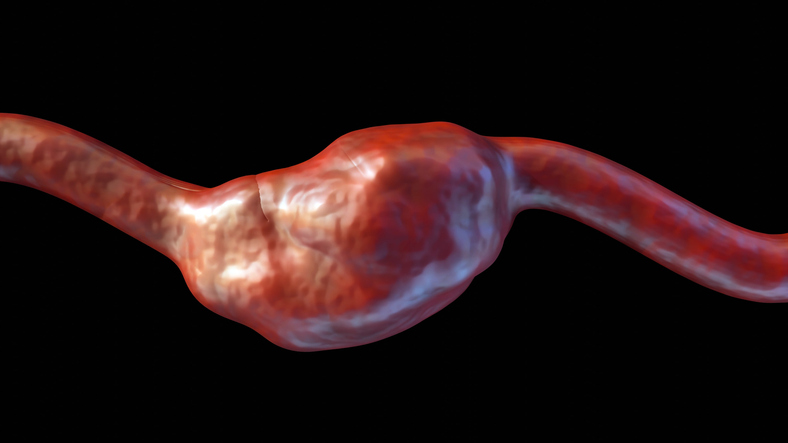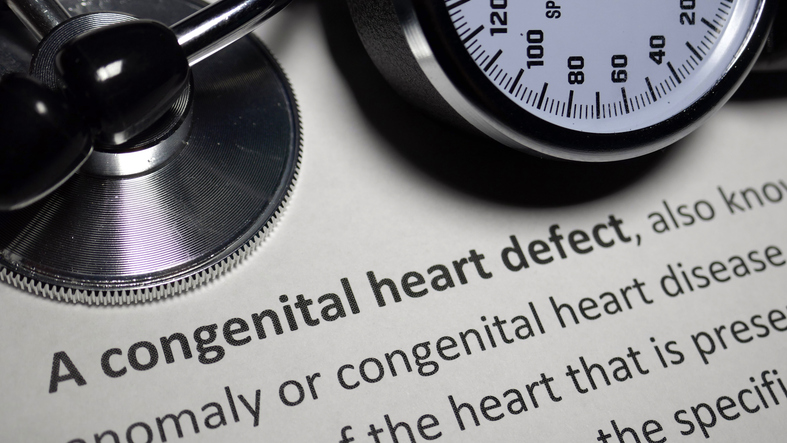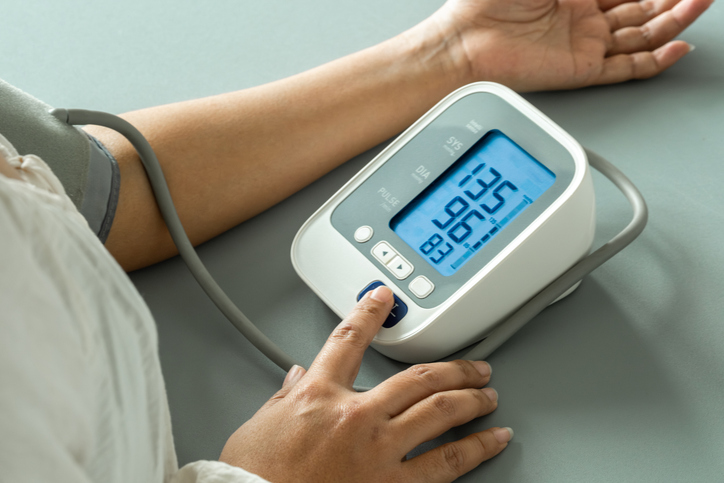
Postmenopausal women who have pear-shaped bodies (compared to an “apple” shape) tended to have fewer heart and circulatory problems.
A new study in the European Heart Journal, the first to look at the location of stored fat and its association with cardiovascular disease (CVD) in postmenopausal women, included 2,683 postmenopausal women with normal body mass index (BMI) from the Women’s Health Initiative with no identified CVD at baseline. The researchers hypothesized that body fat deposits in certain regions were associated with an altered risk for CVD. The researchers ascertained incident CVD events (coronary heart disease, and stroke). There was a median of 17.9 years of follow-up.
It's not just about the quantity of fat we have – distribution matters too! In postmenopausal women w/ normal BMI, both elevated trunk fat & reduced leg fat are associated with increased risk of CVD https://t.co/LyARSD4BjN#cardiotwitter #ESCCoT @escardio #EHJ @TomLuscher pic.twitter.com/fpEFtakx4c
— European Society of Cardiology Journals (@ESC_Journals) July 1, 2019
According to the results, neither whole-body fat mass nor fat percentage was associated with increased CVD risk, even after adjustment for demographics, lifestyle, and other clinical risk factors. A higher percent of trunk fat was linked with increased CVD risk (highest vs. lowest quartile HR=1.91; 95% CI, 1.33 to 2.74; P<0.001 for trend), while higher percent leg fat was linked with a decreased risk of CVD (highest vs. lowest quartile HR=0.62; 95% CI, 0.43 to 0.89; P=0.008 for trend). The relationship between high percent trunk fat and CVD risk remained after adjustment for waist-to-hip ratio or waist circumference.
“Our findings suggest that postmenopausal women, despite having normal weight, could have varying risk of cardiovascular disease because of different fat distributions around either their middle or their legs,” Dr. Quibin Qi, associate professor at the Albert Einstein College of Medicine in New York, said of the results in a press release. “In addition to overall body weight control, people may also need to pay attention to their regional body fat, even those who have a healthy body weight and normal BMI.”
Dr. Qi added that study participants had did have relatively higher fat mass in the trunk and leg regions.
“Whether the pattern of the associations could be generalizable to younger women and to men who had relatively lower regional body fat remains unknown,” Dr. Qui said.
@bbchealth reports on @escardio @OxfordJournals research about pear-shaped being better than apple-shaped for normal weight postmenopausal women. Study is free: https://t.co/8fM6E2mq8I https://t.co/NzFfvKa7SC
— Emma Mason 💙 (@wordEmason) July 1, 2019
Fat's distribution matters too! https://t.co/VHpIMXbdL7
— Jordi Trías de Bes (@DrJTriasDeBes) July 1, 2019
Fat distribution, quantity and "quality" all important for CVD risk #cardiotwitter, #ehj, #yescct https://t.co/toQxTiXmyr
— Alexios S. Antonopoulos (@AlAntonopoulos) July 1, 2019
More evidence on that body fat distribution matters for postmenopausal women of normal BMI
___
We also trying to understand the mechanisms behind that. @ManoloTino
___ https://t.co/GjdHYMxlbs— 𝖣𝗋 𝖨𝗈𝖺𝗇𝗇𝗂𝗌 𝖫𝖾𝗆𝗉𝖾𝗌𝗂𝗌 𝖬𝖣 𝖯𝗁𝖣 (@ilempMD) July 1, 2019
Pear-shaped is better than apple-shaped for #postmenopausal women, even if they are normal #weight, finds new research @escardio @OxfordJournals https://t.co/MH6dvwdFA4. Study is free access at: https://t.co/IsZIFCwGVA pic.twitter.com/m7fhWkCWkk
— Mason, Rice & Noble (@RiceMason) July 1, 2019







 © 2025 Mashup Media, LLC, a Formedics Property. All Rights Reserved.
© 2025 Mashup Media, LLC, a Formedics Property. All Rights Reserved.